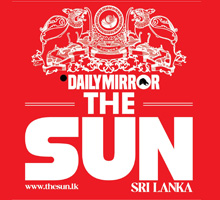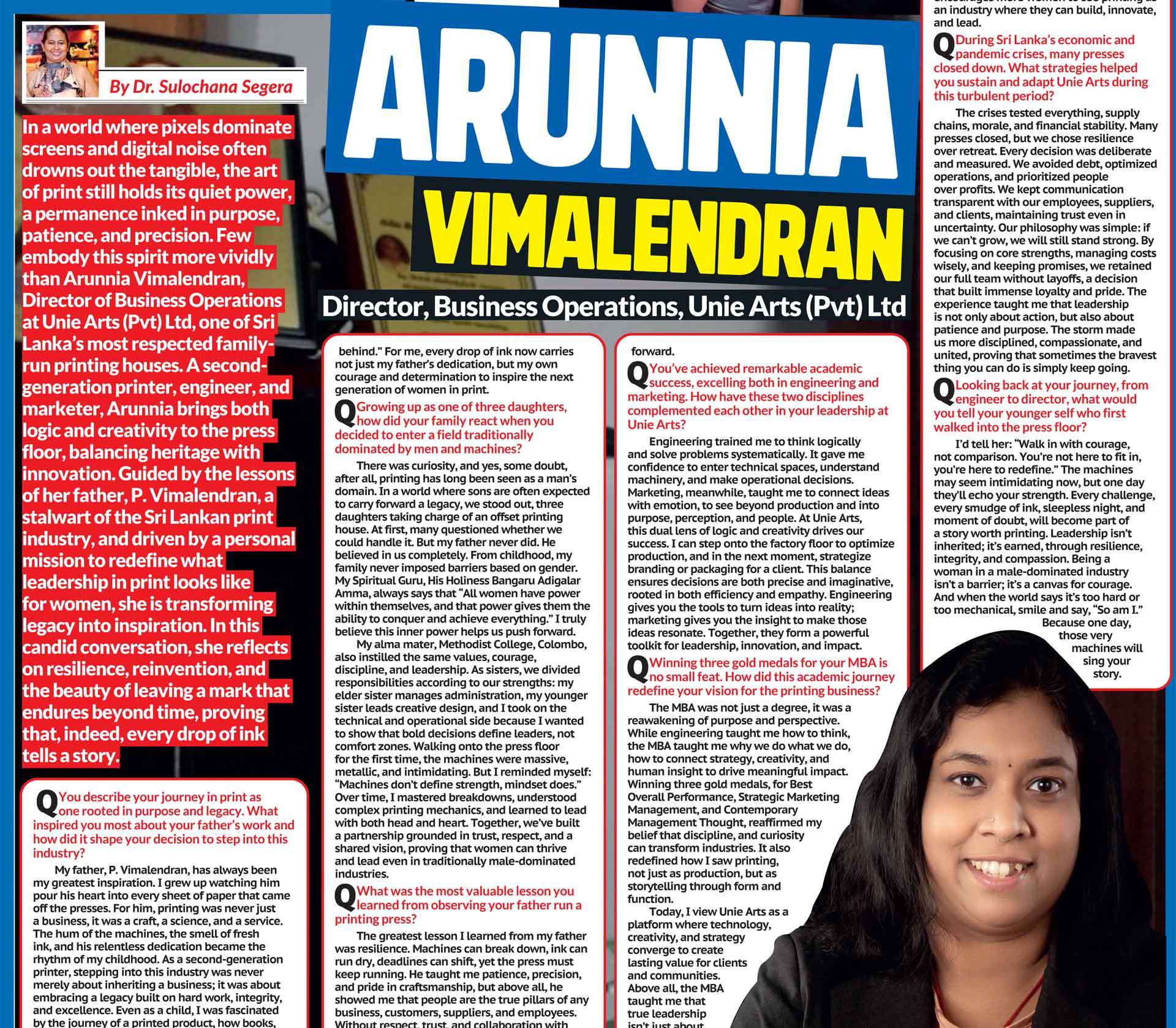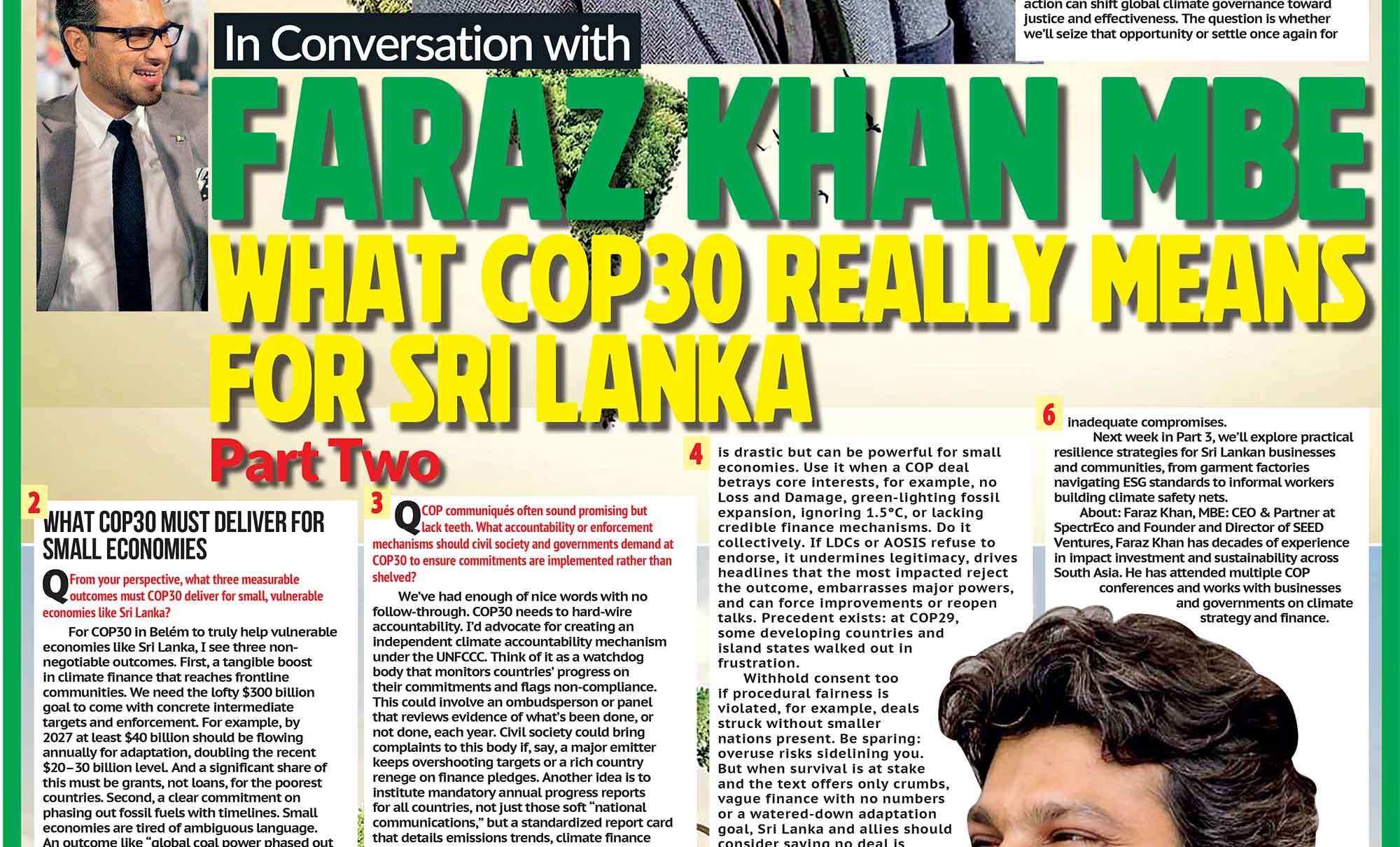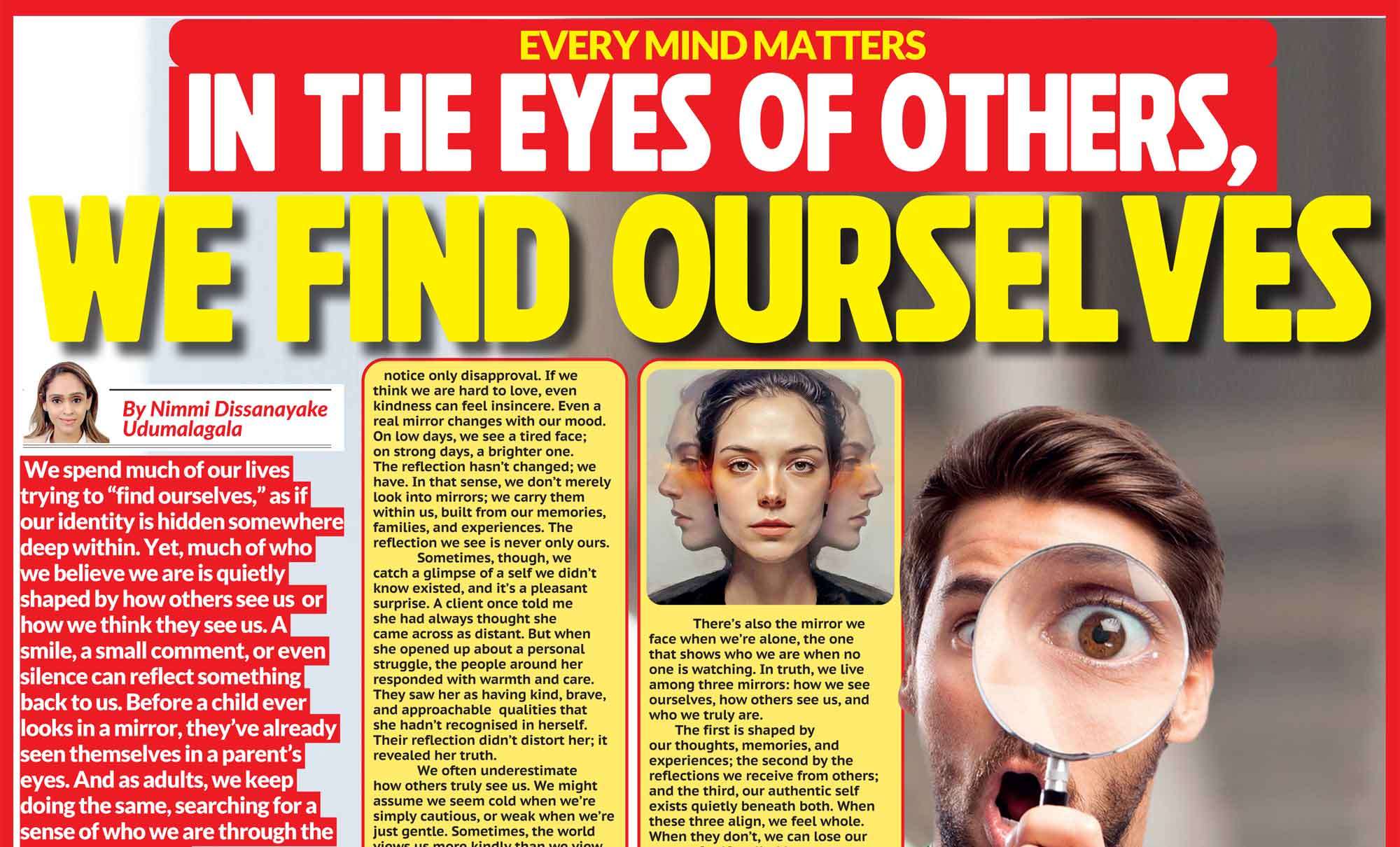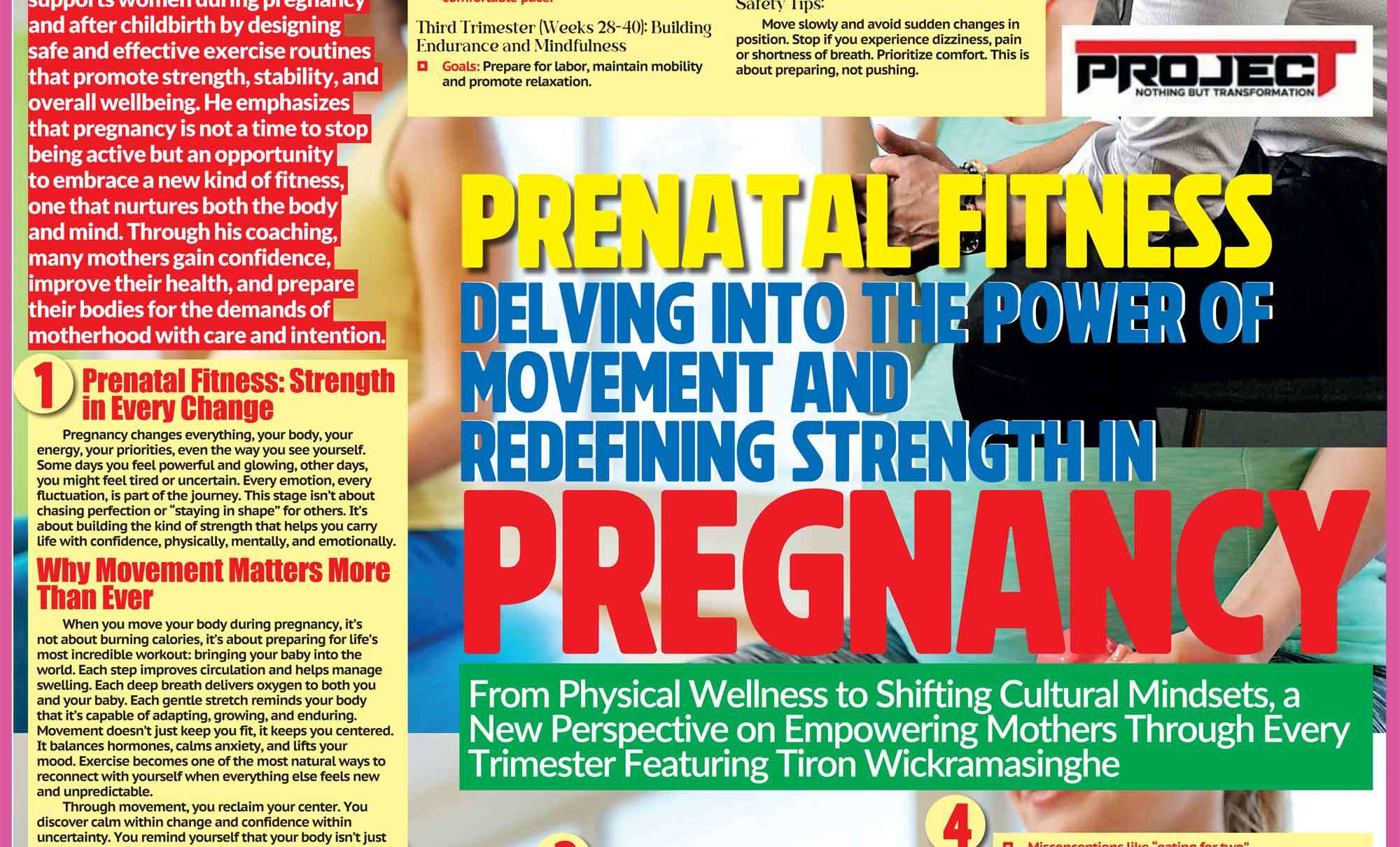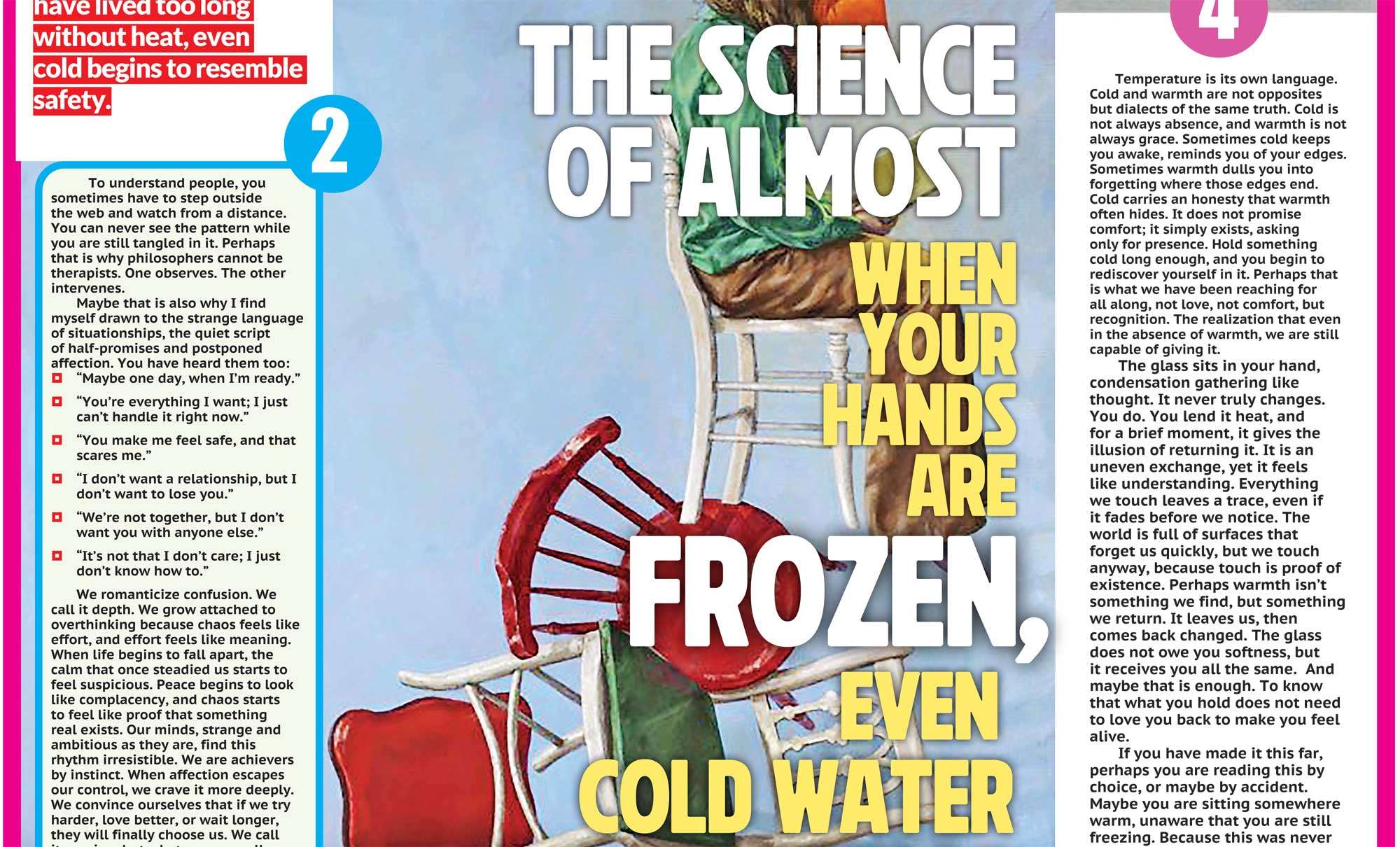

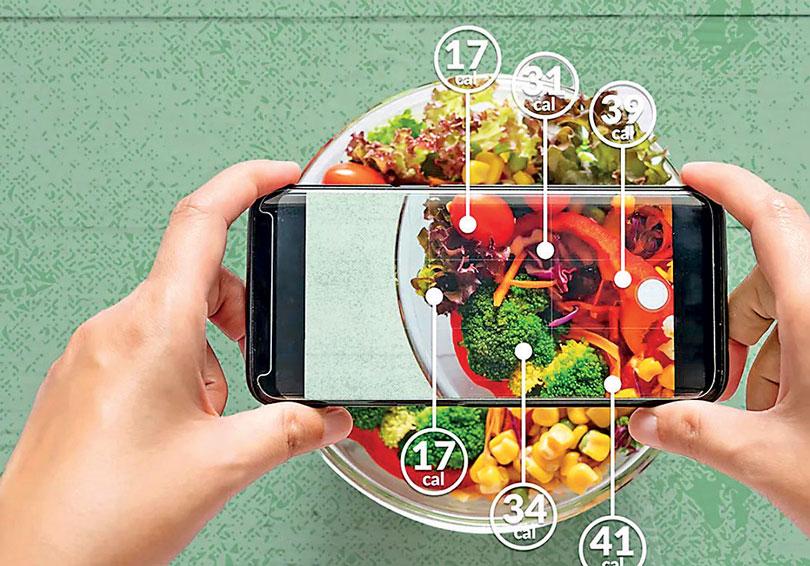

But as I’ve gotten older, I’ve noticed the weight doesn’t budge quite as easily. Despite staying within my calorie limits, it’s become harder and harder to lose weight and keep my body in the shape I want.
Let’s say you eat a slice of cake worth 400 calories. To burn it off, you might need to jog for 40-50 minutes. And that’s assuming you even want to jog after cake.
When you consume more calories than your body needs, the excess is stored as fat. When you consume fewer, your body taps into stored fat for energy, leading to weight loss. This concept is known as a caloric deficit, and it’s the golden rule of weight loss.
I’ve been calorie counting for years; religiously logging every meal and snack into MyFitnessPal App. In my 20s, calorie counting worked like a charm. I could drop a kilo a week with minimal effort, just by keeping an eye on my intake and fitting in the occasional workout. But as I’ve gotten older, I’ve noticed the weight doesn’t budge quite as easily. Despite staying within my calorie limits, it’s become harder and harder to lose weight and keep my body in the shape I want.This shift made me question what really works when it comes to long-term weight management. In the ever-evolving world of health and fitness, two strategies continue to dominate the conversation: calorie counting and exercise. Both are widely considered essential tools for weight loss, and both have their champions. But when it comes to sustainable results, especially as our bodies change with age, which approach holds the real key? Let’s take a closer look at the science, psychology, and practicality behind each method to find out.
The Science Behind Weight Loss
At its core, weight loss comes down to one simple equation: calories in versus calories out. When you consume more calories than your body needs, the excess is stored as fat. When you consume fewer, your body taps into stored fat for energy, leading to weight loss. This concept is known as a caloric deficit, and it’s the golden rule of weight loss. Whether you achieve it by eating less or moving more, the result is the same in theory: fat loss.But as with most things in health, theory doesn’t always align perfectly with practice
Calorie Counting: Precision and Control
Calorie counting involves tracking everything you eat and drink, usually via a food diary or a mobile app like MyFitnessPal. The goal is to stay within a set calorie range tailored to your weight loss target, typically 500 to 1,000 calories below your maintenance level per day.
Pros:
Precision: You’re aware of what and how much you’re consuming.
Education: It helps you learn about the nutritional content of foods.
Quick Results: A controlled diet often yields faster results than exercise alone.
Flexible Dieting: You can fit treats into your day as long as they align with your calorie goal.
Cons:
Tedious: It requires constant tracking and can become mentally exhausting.
Obsession Risk: Can lead to unhealthy fixations or disordered eating.
Overlooks Quality: Not all calories are equal - 1,500 calories of vegetables and lean protein will nourish you differently than 1,500 calories of pizza and soda.
Exercise: The Metabolic Booster
Exercise, on the other hand, burns calories, builds muscle, and boosts your metabolism. It’s also critical for overall health, reducing the risk of chronic diseases like diabetes, heart disease, and even depression. Cardio activities like running, swimming, and cycling can burn hundreds of calories in an hour. Strength training, while less calorie-intensive, increases lean muscle mass, which burns more calories at rest, making your body more efficient in the long term.
Pros:
Boosts Metabolism:
Builds muscle and increases resting energy expenditure.
Sustainable: Encourages lifestyle change rather than restriction.
Mental Health Benefits: Reduces stress, improves sleep, and boosts mood.
Longevity: Improves cardiovascular health and mobility as you age.
Cons:
Compensation Effect: People often overestimate calories burned and reward themselves with food, negating the workout.
Time-Consuming: Requires regular commitment and planning.
Lower Initial Impact: On its own, exercise doesn’t lead to significant short-term weight loss unless paired with dietary changes.
So, while exercise is crucial for staying healthy and fit, it’s not always the fastest route to weight loss on its own.
The Reality: You Can’t Outrun a Bad Diet
It’s tempting to think you can eat what you want and just “burn it off,” but the math rarely adds up. Let’s say you eat a slice of cake worth 400 calories. To burn it off, you might need to jog for 40-50 minutes. And that’s assuming you even want to jog after cake. In reality, it’s far easier to cut 400 calories by skipping a sugary snack than it is to burn them through exercise. Studies back this up. According to research published in the International Journal of Obesity, dietary changes lead to more significant weight loss than exercise alone. Exercise is best used as a complement to a calorie-controlled diet rather than a replacement for it.
So, Which Works Better?
If the goal is weight loss alone, calorie counting wins.It's more efficient, more controllable, and yields quicker results. However, if the goal is overall health, longevity, and staying trim long-term, exercise is essential.
The ideal approach combines both.
Use calorie counting to lose the weight.
Use exercise to keep it off and improve your overall wellbeing.
In fact, people who lose weight through diet alone often regain it. But those who adopt regular exercise as a lifestyle habit are more likely to maintain their weight loss and stay trim over time.
Finding Balance: Sustainable Weight Management
Here’s a realistic strategy that combines the best of both worlds:
Start by tracking food for awareness. You don’t need to count every calorie forever, just long enough to understand portion sizes and your personal habits.
Introduce manageable exercise.This could be walking 30 minutes a day, yoga, strength training, or swimming, whatever you enjoy and can stick to.
Focus on whole foods.Prioritize lean proteins, vegetables, whole grains, and healthy fats. These will keep you fuller longer and reduce the temptation to snack.
Stay consistent, not perfect.Weight management is a marathon, not a sprint.
Listen to your body.Hunger and energy cues are better long-term guides than numbers on a scale or app.
Conclusion
Calorie counting and exercise both have their place in the journey to weight loss and staying trim. But they serve different purposes. Calorie counting is the most direct path to fat loss, while exercise is the glue that holds long-term health and maintenance together. Rather than choosing one over the other, the best results come when they work in tandem; smart eating decisions supported by regular physical activity. Not only does this lead to a leaner body, but a stronger, healthier, and happier one too. So, count your calories if you need to, but don’t forget to move your body. And remember, the best strategy is the one you can stick with.
